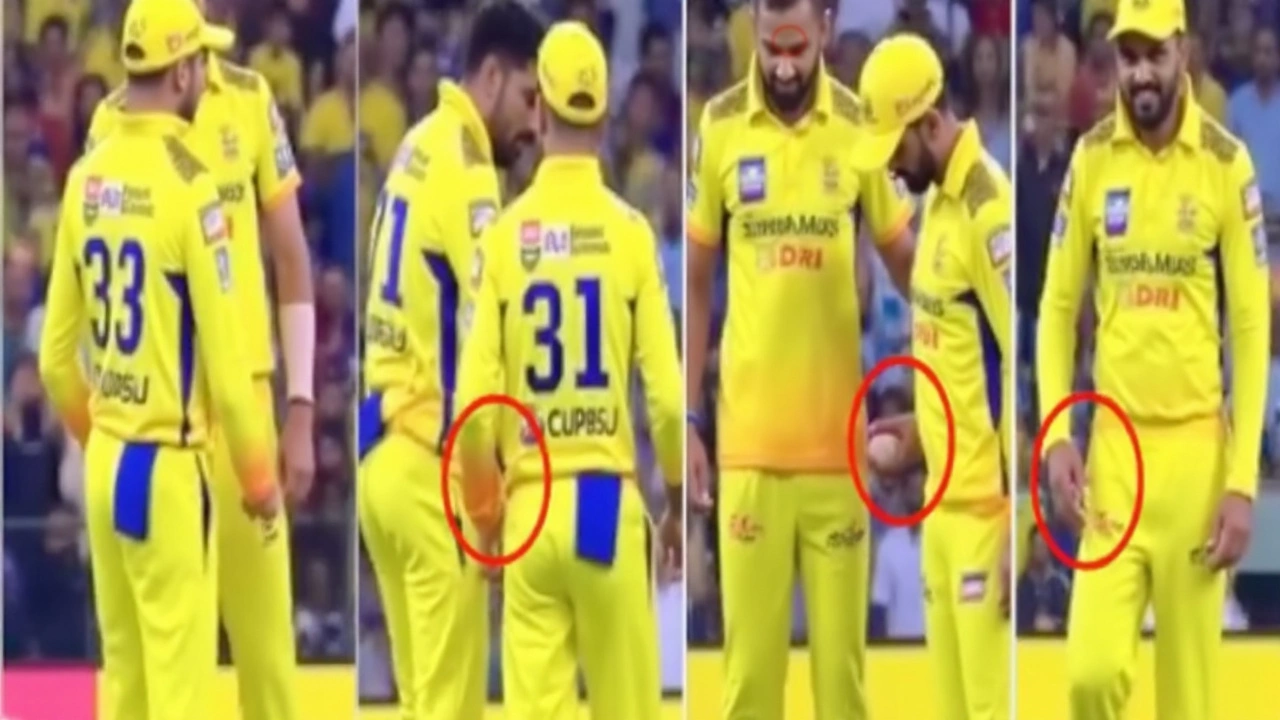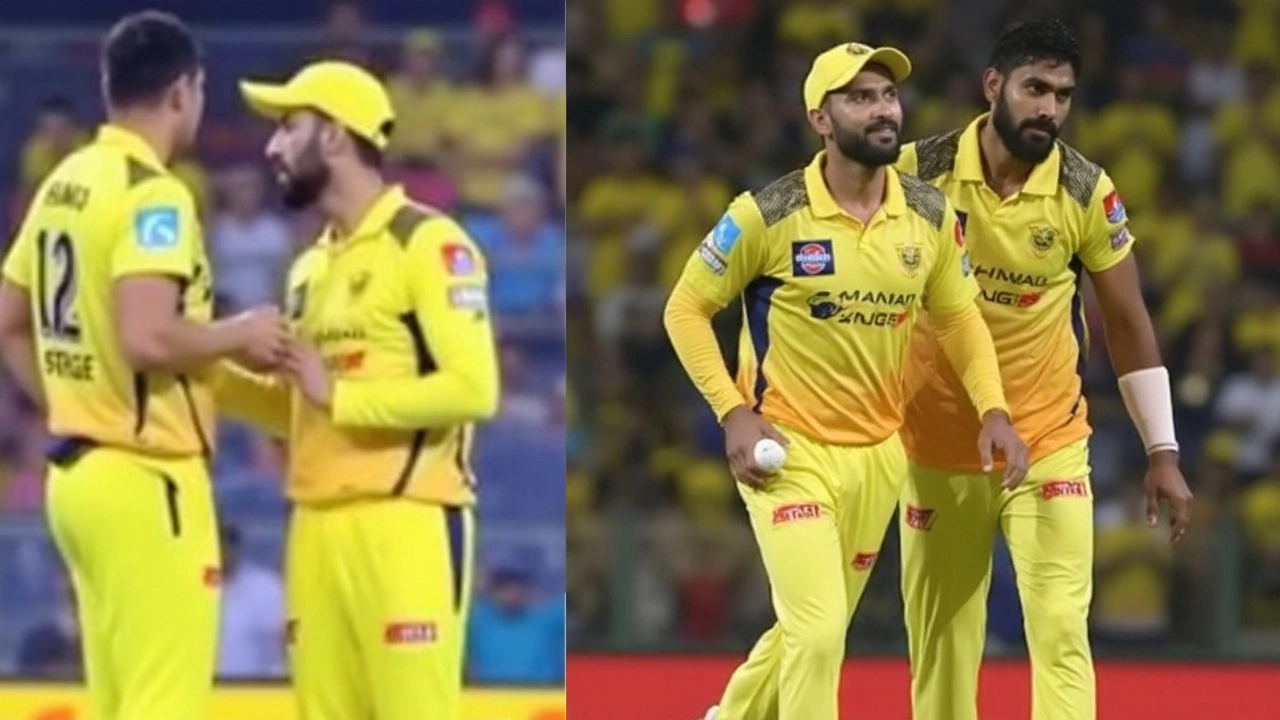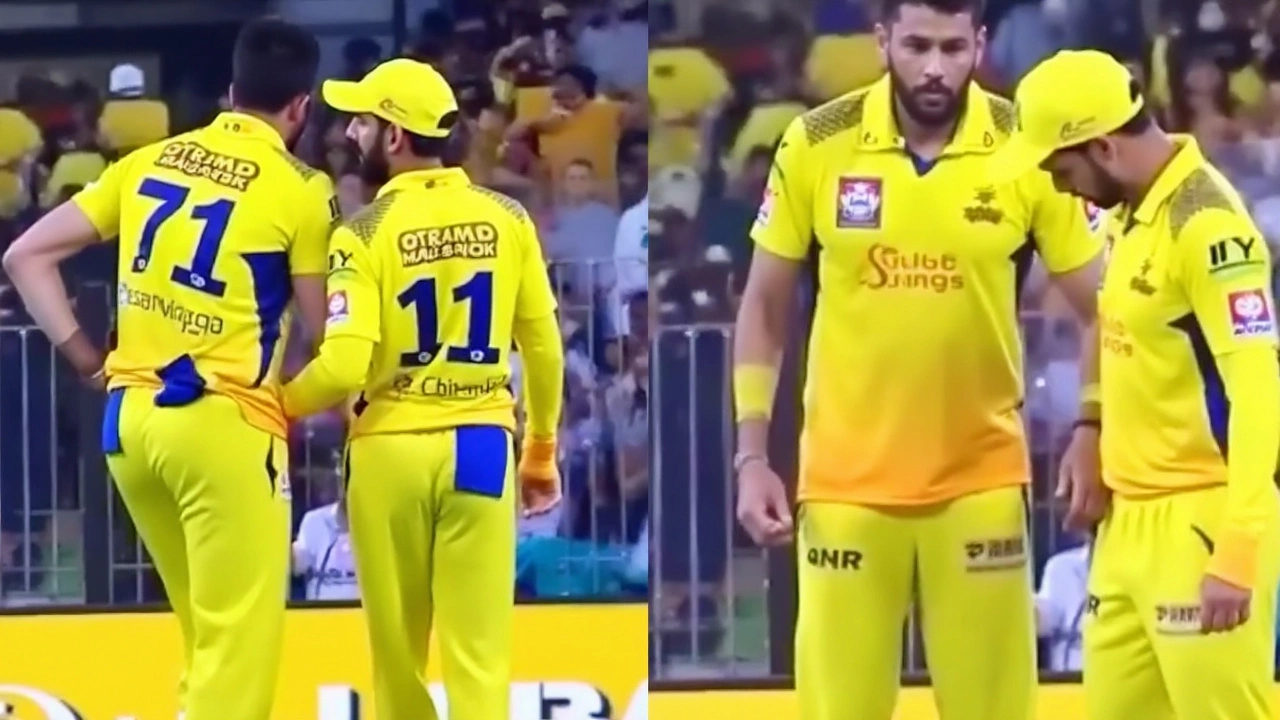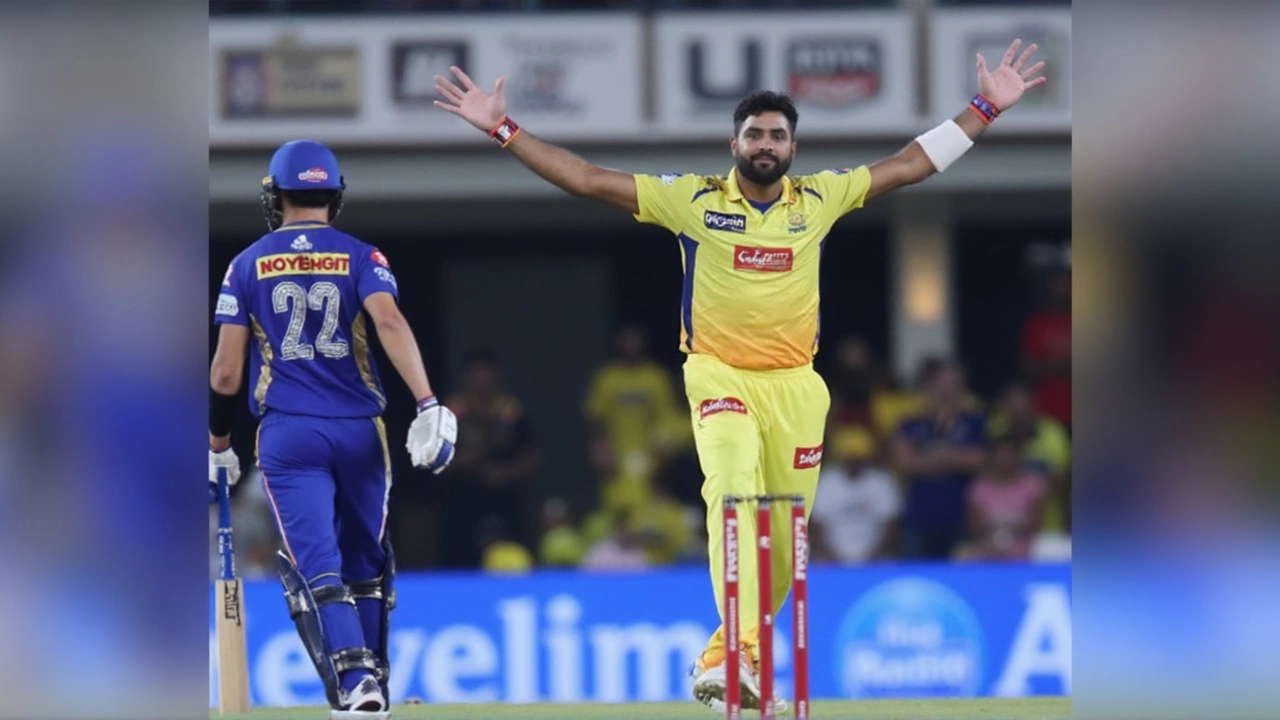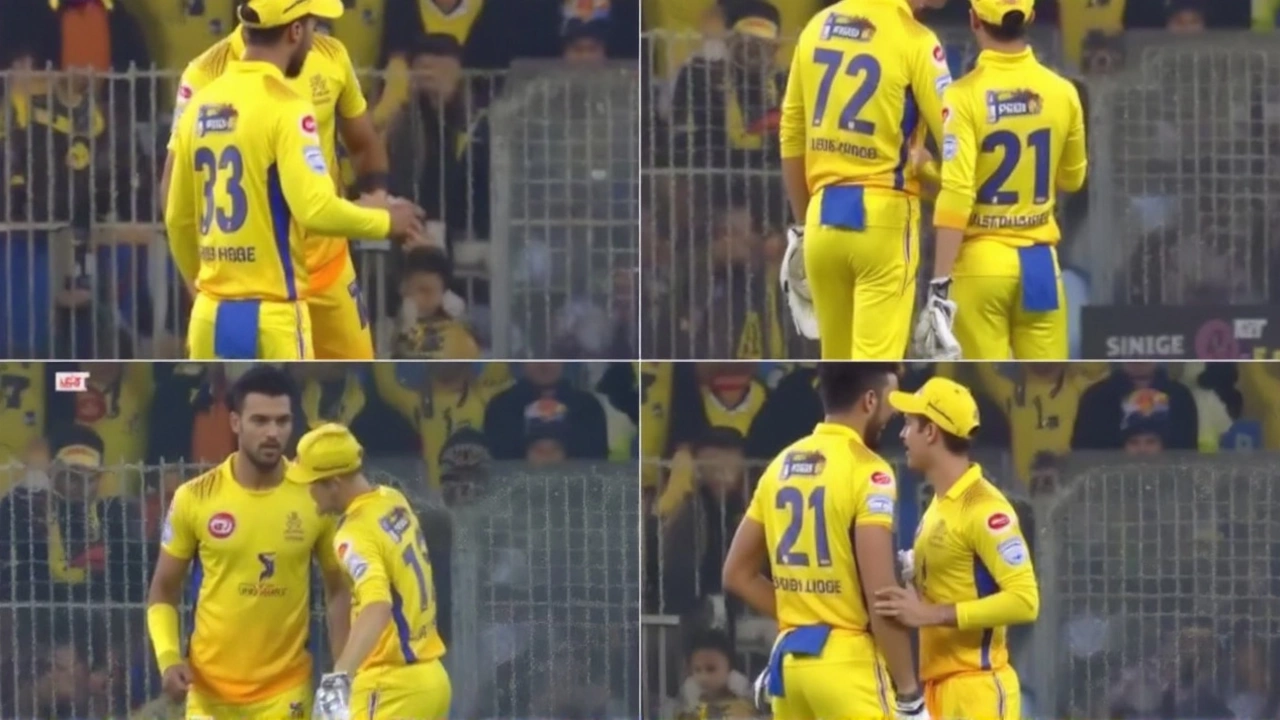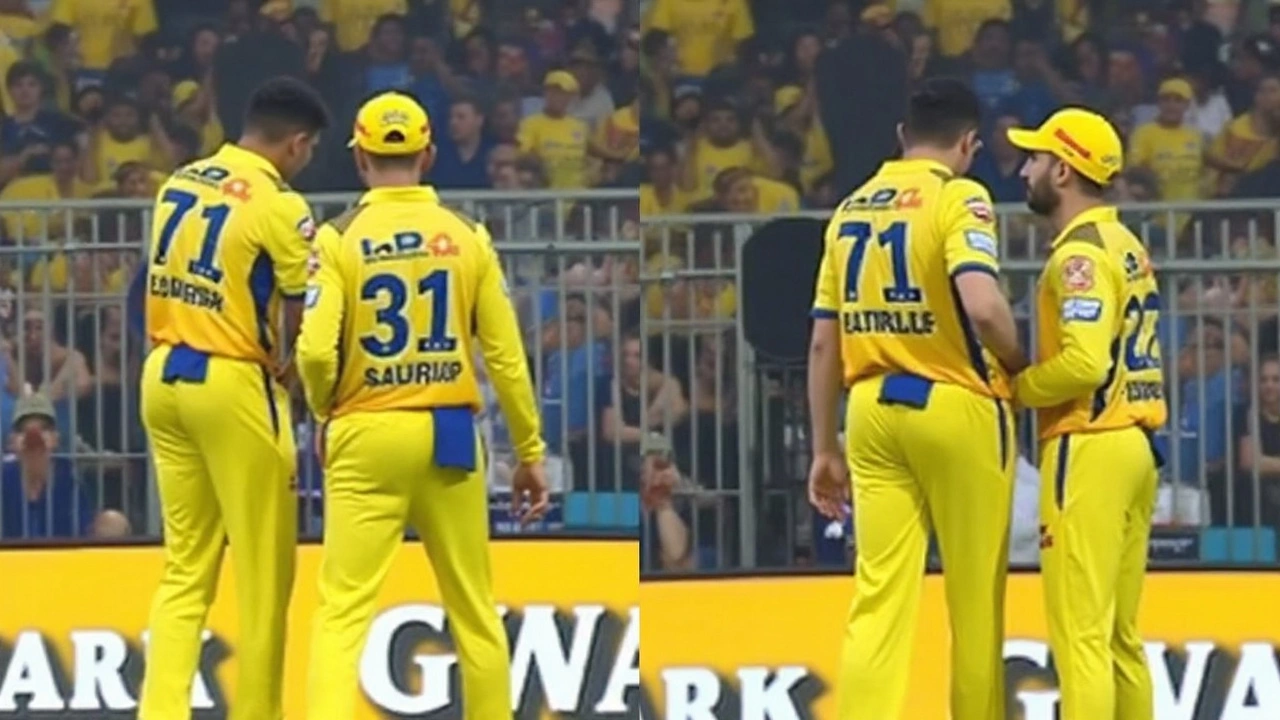Ball Tampering in Cricket – Rules, Recent IPL 2025 Drama & Impact
When you hear "ball tampering" you probably picture a player fiddling with the seam or polishing the leather. In cricket it’s a breach of the game’s integrity – changing the ball’s condition to gain an unfair edge.
The ICC has strict rules: any deliberate alteration of the ball’s surface, shine, or seam is illegal. Umpires can award five runs to the batting side, change the ball, and even fine or suspend the player. It sounds harsh, but the sport relies on a fair playing field.
Recent Ball‑Tampering Drama in IPL 2025
During the CSK vs MI clash in IPL 2025, a video went viral showing captain Ruturaj Gaikwad and bowler Khaleel Ahmed passing an unknown object on the field. Social media exploded, sparking debates about whether they were trying to tamper with the ball.
Both players denied any wrongdoing. The match referee opened an inquiry, and the BCCI later released a statement saying they would review the footage and interview the involved parties. While the case is still under investigation, it reminded fans how quickly a single moment can flood the internet.
What made this incident stand out was the timing – it happened in a high‑stakes IPL game, where every run and wicket matters. The controversy also highlighted how modern technology, like slow‑motion replays, can turn a split‑second action into a headline.
How the Game Handles Ball Tampering
When officials suspect tampering, they first inspect the ball. If the condition looks altered, they can change it and add penalty runs. The player involved may receive a fine on the spot, and a disciplinary hearing follows.
Long‑term penalties can be severe. Players have faced multi‑match bans, loss of sponsorships, and lasting damage to their reputations. The most famous example is the 2018 Australian scandal that led to a 12‑month ban for a key bowler.
For fans, spotting tampering is easier than you think. Look for sudden changes in the ball’s shine, unusual handling, or players repeatedly rubbing the ball on the ground. Umpires are trained to notice these cues, but human error still happens.
Teams now teach players strict protocols: keep the ball in one hand, avoid foreign objects, and report any accidental damage. Coaching staff stress that maintaining the ball’s natural state is part of fair play.
In the age of viral clips, any hint of ball tampering spreads fast. That’s why the BCCI and ICC are tightening surveillance, using video analysis and even ball‑tracking technology to catch subtle changes.
If you’re a casual viewer, the takeaway is simple: ball tampering isn’t just a minor breach; it can swing matches, affect careers, and stir massive controversy. The IPL 2025 incident with Gaikwad and Ahmed shows that even top players are under the microscope.
Staying updated on investigations, official statements, and rule changes helps you understand the bigger picture. Whether you cheer for CSK, MI, or any other team, knowing the rules around ball tampering makes the game more exciting and fair.
So next time you watch a match, keep an eye on the ball’s shine and the players’ actions. It’s a small detail that can reveal a lot about the sport’s integrity and the drama unfolding on the field.
